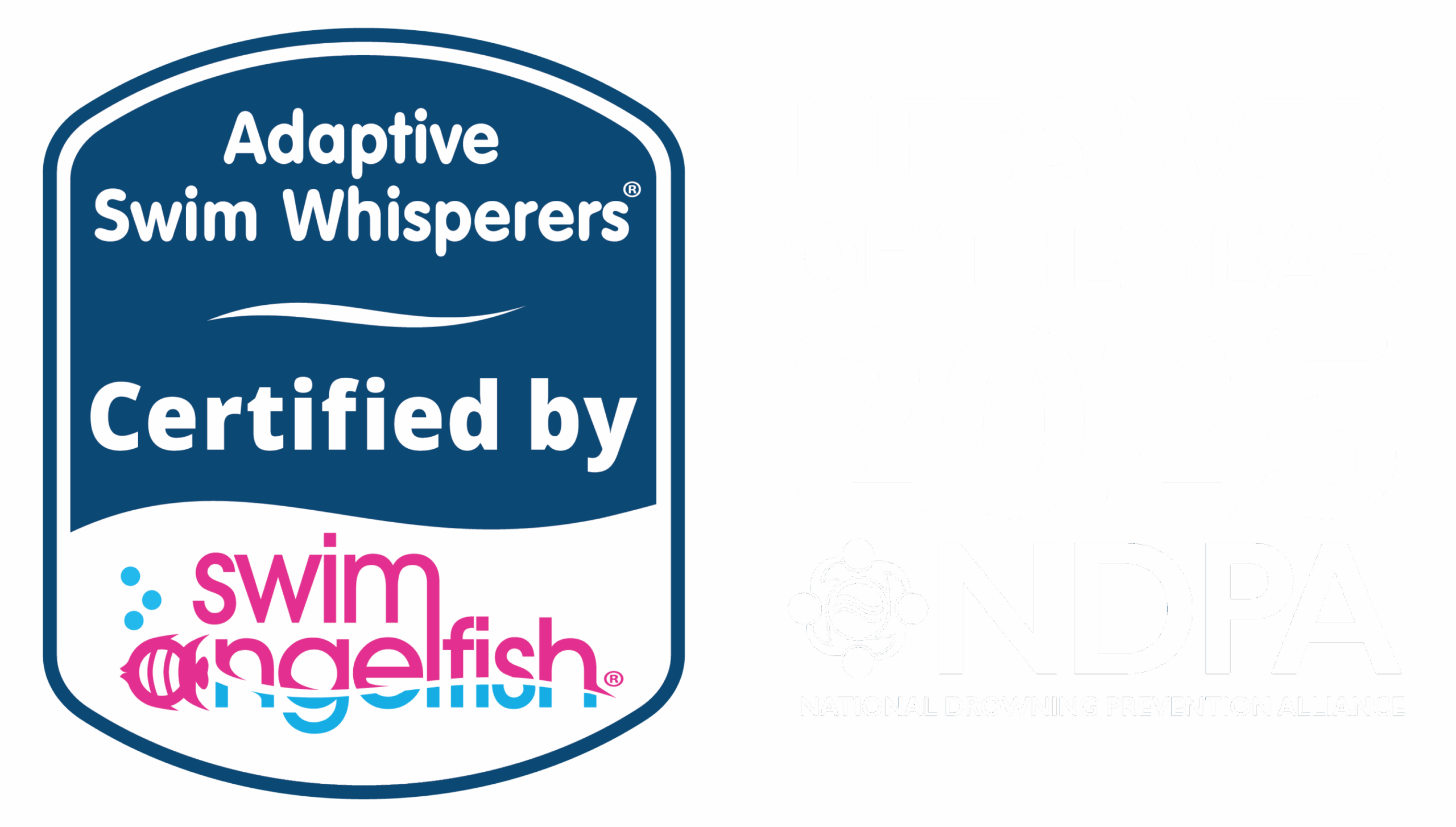If you’re a swim instructor, odds are you have experienced at least one of these lessons: You’ve had a long day, chlorine levels are high and all you can think about is getting out of that tight wetsuit. John sits down on the stairs; you can see the anxiety in his rigid body tone and he’s already perseverating on the end of his lesson. You take him into the water; maybe a few minutes go by…then BAM! He’s screaming at the top of his lungs and he’s borderline throwing a tantrum. At this point all you’re thinking is:

The most important strategy in managing and preventing a meltdown is to remain calm and patient. I would be lying to you if I said I have never lost my cool, but a behavioral head butt at 8am on a Monday morning might do that to you. The good news is that most of your swimmers probably don’t express themselves harmfully, but it’s important to understand these strategies in any type of meltdown (fearful, behavioral, etc.). For a fearful tantrum, remaining calm and patient ensures a safe and nurturing environment for the child to begin to trust your teachings. With a behavioral tantrum, most children will seek your change in expression so remaining calm and patient will work against enabling his/her behavior. And yes, that head butt did catch me in the face and I did finish the lesson with a bloody lip.
As you know, ritual and routine are imperative to a comfortable swim lesson and is the most important roadblock to address in the Swim Whisperer’s curriculum. Beginning at the first lesson, you want to immediately establish the tone of how lessons are going to run moving forward. That being said, it’s important to also have a balance in your personality. I have had great success with being fun and humorous while also being stern and directive when necessary. Consistency in your personality will reinforce a productive swim lesson while also encouraging your swimmers to respect and trust you as their instructor.
In the instance your child is on the verge of a meltdown, here are some helpful tips to help regroup during your lesson:
1) Squeeze a floaty animal or big noodle on their belly in flexion. Flexion will help to release dopamine and therefore wash away fear. You can add rhythmical bouncing or spinning to simulate an animal ride that’s both fun and stimulating. It also provides a secure feeling for those swimmers who are petrified to let go of the side or who are afraid to use equipment independently.
2) Try giving your student options rather then asking, “Do you want to try this”. In a tantrum situation the most probable answer to that question will be NO. Providing your child with options eliminates that answer and gives the opportunity to choose something he/she may like. Your swimmer will feel in control and that you are listening to his/her needs. You can then use that choice to work for as a reward.
3) Think about incorporating a game or a sport into the lesson. For instance, maybe your child likes soccer so you can have him/her back float with dumbbells and kick a ball to you with his/her ears in the water ten times. Or if your child likes basketball you can have him/her lie on a mat outside the pool and then have him/her throw a ball through your arms ten times. Make it fun and be creative! You can even add songs or a musical rhythm to help your child focus during this exercise. These techniques reinforce swim skill, body awareness and core strength while also motivating your child with something they enjoy.
4) Communicate with the parents. Ask the parents how they handle this behavior outside of the water and if there is any reward system you can implement. I have had children work for toys, candy, IPAD/TV time, etc. In one meltdown instance, I had a mom promise her son a chocolate donut after the lesson where he then proceeded to dive in for the first time. It is important that you and the parents are on the same page ensure consistency both in and outside the water.
Remember that not every child that comes to swim lessons will love the water and every swimmer adapts differently at their own pace. Stay positive and engrained in your teachings and be mindful that you are making a difference in his/her life way beyond the water.


